Die Casting Services
Xometry Partners With the Leading US Die Casting Suppliers to Deliver High-Quality Parts
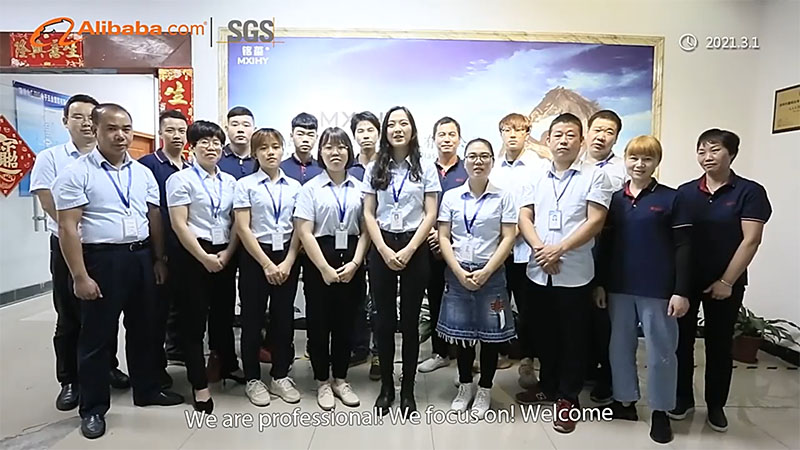
Zinc and zinc-aluminum parts can be left as-cast and retain reasonable corrosion resistance. Aluminum and magnesium parts must be coated to achieve corrosion resistance. Cast parts are typically broken away from the casting sprue, leaving rough marks at the gate locations. Most castings will also have visible marks left by the ejector pins. Surface finish for as-cast zinc alloys is commonly 16-64 microinch Ra.
The part surface is left with a smooth, matte appearance.
Aluminum is typically anodized. Type II anodizing creates a corrosion-resistant oxide finish. Parts can be anodized in different colors—clear, black, red and gold are most common. Type III is a thicker finish and creates a wear-resistant layer in addition to the corrosion resistance seen with Type II. Anodized coatings are not electrically conductive.
All die cast parts can be powder coated. This is a process where powdered paint is electrostatically sprayed onto a part which is then baked in an oven. This creates a strong, wear- and corrosion-resistant layer that is more durable than standard wet painting methods. A wide variety of colors are available to create the desired aesthetic.
All die cast parts can be wet painted in a wide variety of paint formulations and colors.
Zinc and magnesium parts can be plated with electroless nickel, nickel, brass, tin, chrome, chromate, Teflon, silver and gold.
A chromate conversion coat can be applied to protect aluminum and magnesium from corrosion and improve the adhesion of paints and primers. Chemical film conversion coatings are electrically conductive.
Die cast materials are subjected to vibratory media tumbling to remove sharp edged and smooth surfaces.
Don’t see the finish you need? Submit an RFQ and our partner shops will look into a finishing process for you.
Also known as gooseneck casting, hot chamber is the most popular die casting process. A chamber of the injection mechanism is immersed in molten metal and a “gooseneck” metal feed system brings the metal into the die cavity.
Cold chamber die casting is often used to minimize machine corrosion. The molten metal is ladled into the injection system directly, eliminating the need for the injection mechanism to be immersed in the molten metal.

eady to get started on your Die Casting quote?
Applications of Die Casting
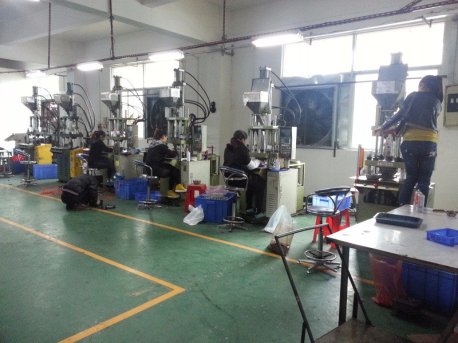
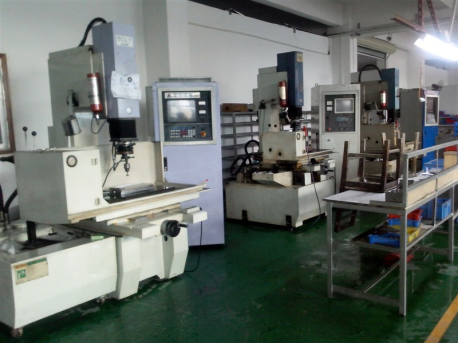
Die casting works well for making components out of high strength aluminum or lightweight magnesium for automotive and aerospace applications.
Many companies use die casting to make complex thin wall enclosures including cooling slots and fins.
Die cast fixtures offer high-impact strength and are easily plated for plumbing fixtures.
Die casting produces close tolerance parts that are durable and dimensionally stable.
Die cast parts are typically stronger than injection molded parts and more resistant to high temperatures. Wall thicknesses of parts can be thinner than for most other manufacturing processes.
Die casting offers tolerances ranging from +/-0.003″ – 0.005″ per inch, and even as tight as +/- .001” depending on customer specs.
Die cast parts can be produced with smooth or textured surfaces and a variety of paints and plating finishes. Finishes can be chosen to protect from corrosion and improve cosmetic appearance.
Die casting is the manufacturing process of choice when producing high volumes of relatively complex metal parts. Die cast parts are made in steel molds, similar to those used in injection molding, but use low melting point metals such as aluminum and zinc instead of plastics. Die casting is widely used due to its versatility, reliability and accuracy.
To create the die cast part, molten metal is forced into a mold via high hydraulic or pneumatic pressure. These steel molds, or dies, produce extremely complex, high tolerance parts in a repeatable process. More metal parts are made by die casting than by any other casting process.
Modern die casting methods such as squeeze casting and semi-solid metal casting result in high quality parts for nearly every industry. Die casting companies will often specialize in casting either aluminum, zinc or magnesium, with aluminum making up roughly 80% of die cast parts.


Xinruida has its own die-casting production line, which can achieve a die-casting capacity of 20 tons per month. In addition, we can design the die ourselves, and our die-casting yield is as high as 90%.
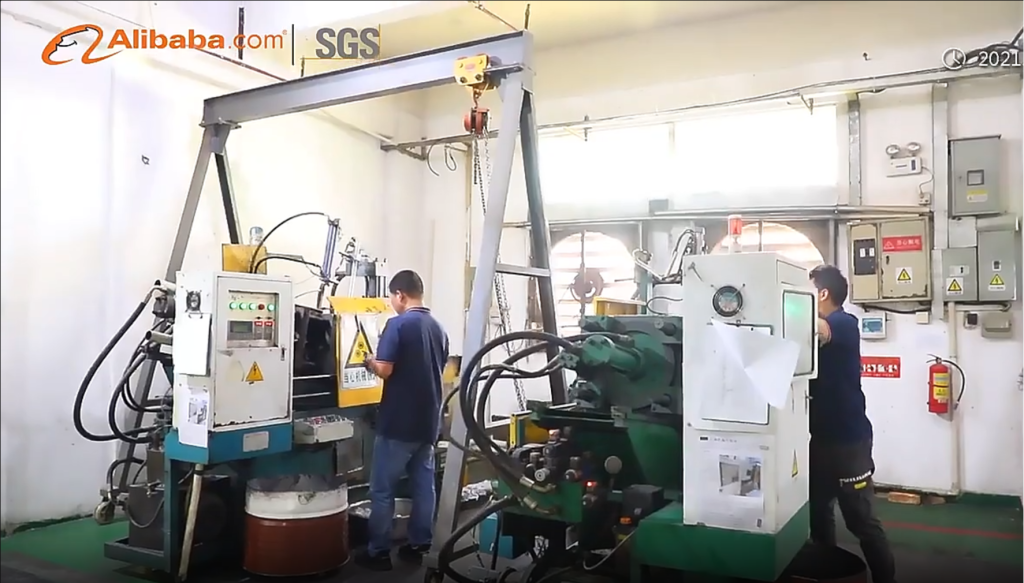
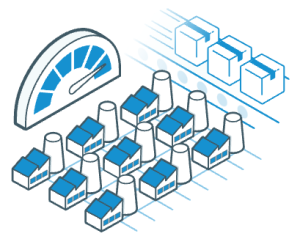
Choose from millions of possible combinations of materials, finishes, tolerances, markings, and certifications for your order.

Choose from millions of possible combinations of materials, finishes, tolerances, markings, and certifications for your order.

Choose from millions of possible combinations of materials, finishes, tolerances, markings, and certifications for your order.

